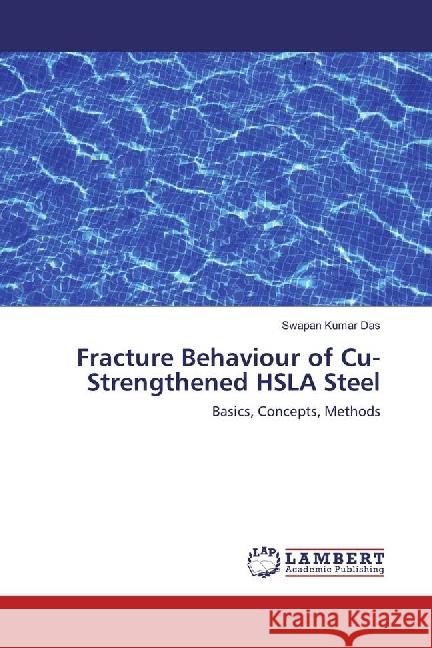Fracture Behaviour of Cu-Strengthened HSLA Steel : Basics, Concepts, Methods » książka
Fracture Behaviour of Cu-Strengthened HSLA Steel : Basics, Concepts, Methods
ISBN-13: 9783330051416 / Angielski / Miękka / 2017 / 148 str.
The deformation behaviour of a material is controlled by its microstructure. Since the event of fracture is essentially an extension and, in a sense, culmination of the processes initiated during deformation, microstructure has profound effect on fracture behaviour of materials. Modern engineering design approach demands characterisation of material behaviour based on different fracture mechanics parameters. The influence of Cu precipitation and microstructural constituents on fatigue crack growth and fracture behaviour of Cu-strengthened HSLA steels has not been explored much. In this study, descriptions of various microstructures have been obtained through detailed scanning and transmission electron microscopy. An attempt was made to assess evolution of microstructure by magnetic techniques, phase change by differential scanning calorimetry and correlate them with direct observation techniques. Variations in fatigue crack growth rate (FCGR), J-R curve, blunting-line slope and stretch zone width (SZW) for variation of microstructure in Cu-strengthened HSLA-100 steel has been investigated.











